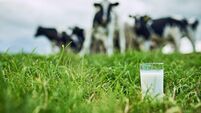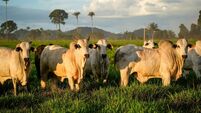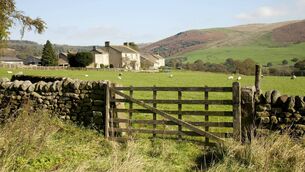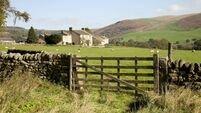Tough year for cattle farmers
UK beef prices have soared to record highs, and more than seven countries have dropped import barriers to Irish livestock products in 2013.
The UK is Ireland’s main export beef export market, taking nearly half of all the beef produced in Ireland.










